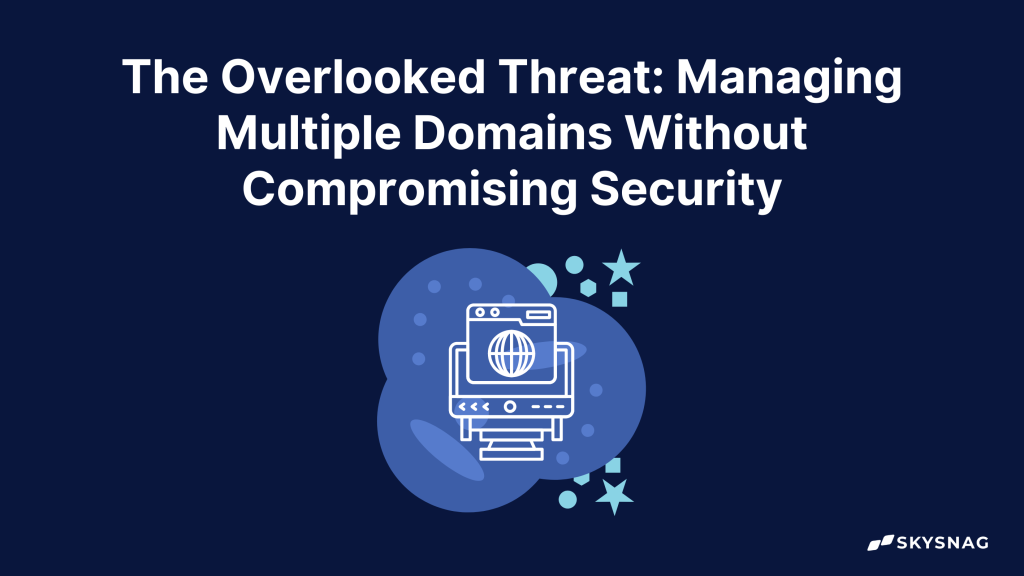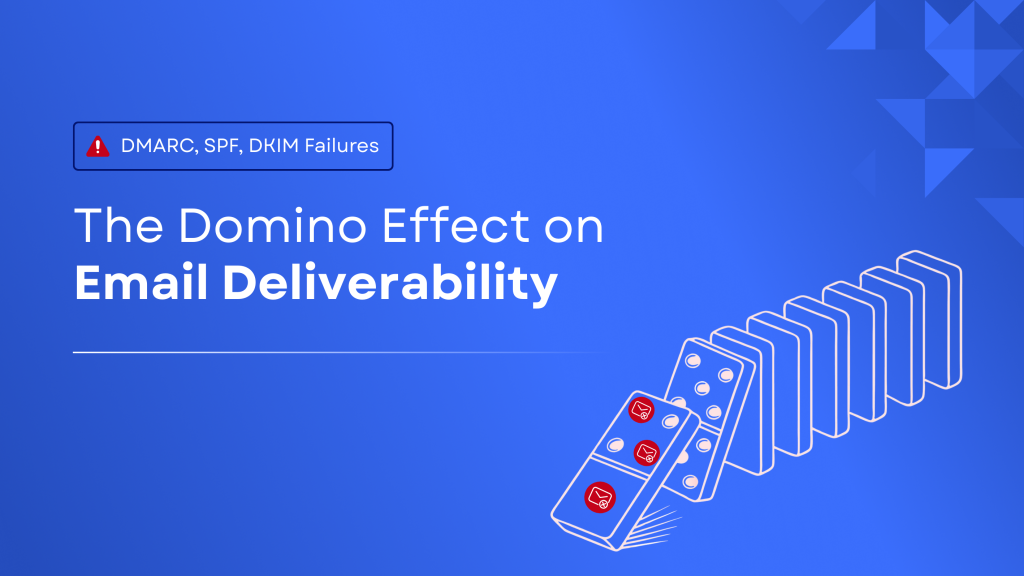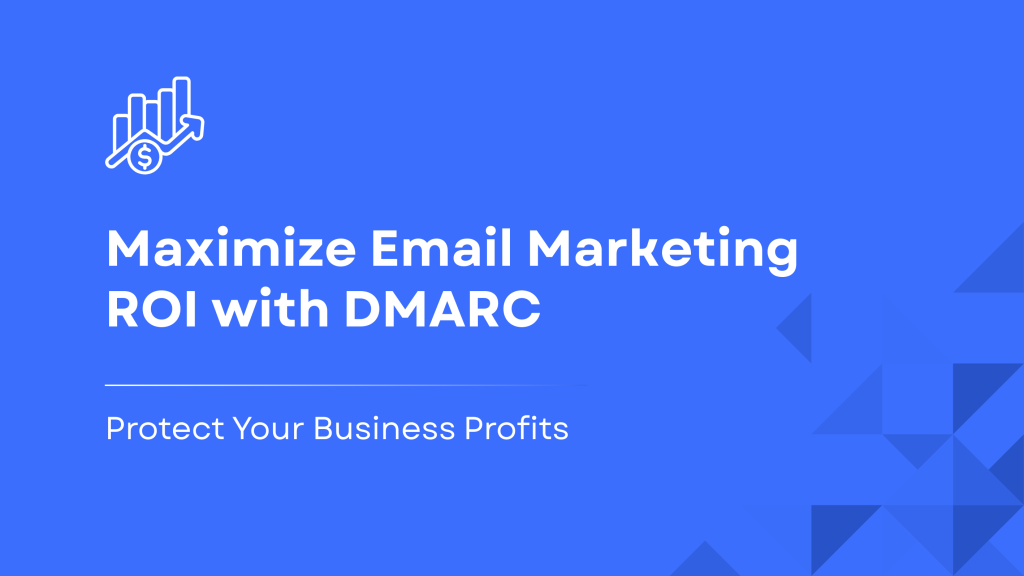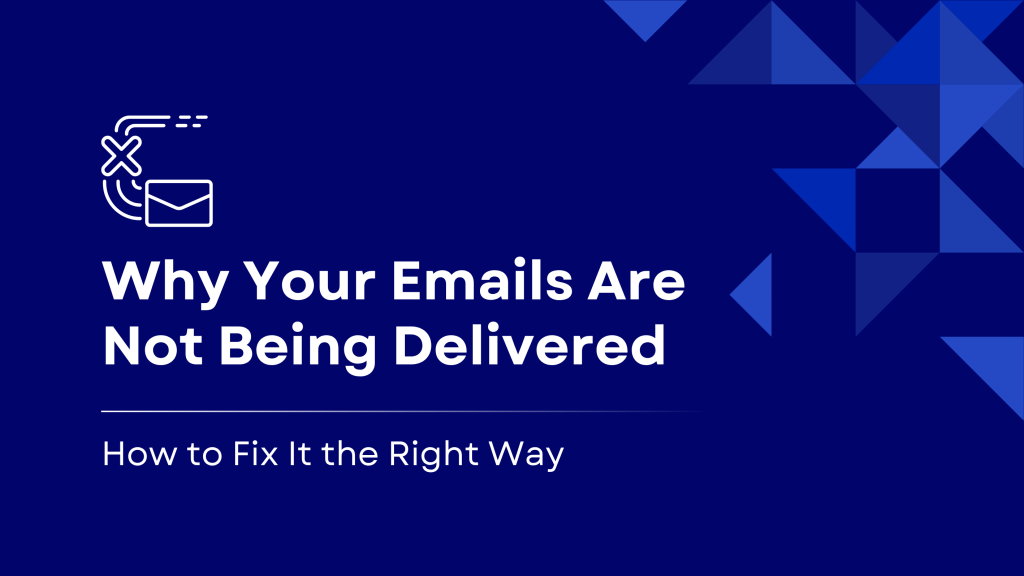The Overlooked Threat: Managing Multiple Domains Without Compromising Security

In today’s digital landscape, businesses breathe and live flexibility and growth. Marketing departments spin up new landing pages, developers create test environments, and international brands launch regional subdomains daily. What often slips under the radar, though, is that each new domain and subdomain can quietly grow your attack surface area, taking what was a simple digital footprint and turning it into a maze of hidden weaknesses.
For most companies, it’s normal to oversee multiple domains. But what if one forgotten subdomain or vulnerable configuration was the weak spot an attacker was waiting for?
The Expanding Attack Surface You Didn’t Expect
Every additional domain, subdomain, or microsite introduces new DNS records, authentication configurations, and chances for errors. Over time, this sprawling infrastructure creates blind spots attackers exploit to impersonate trusted sources or stage phishing campaigns.
Unmonitored subdomains are especially dangerous. Subdomain hijacking by attackers is not unusual, where they compromise an unused or poorly configured subdomain to host phishing content. Because the parent domain is legitimate, even wary recipients can be fooled.
A single neglected configuration can undo years of brand trust, especially when customers receive spoofed emails that appear to come directly from your organization.
Email: The Most Common Exploitation Point
While web applications and websites are exposed, it is at the email layer that most domain-based attacks occur. When organizations use multiple sending domains with poor authentication controls, attackers are essentially given an open invitation.
Adversaries commonly exploit:
- Unsecured or mismatched SPF, DKIM, and DMARC records across different domains.
- Inactive or test subdomains that still resolve in DNS but are no longer monitored.
- Similar or typo-based domains purchased to impersonate brands for phishing attacks.
The outcome is a web of possible impersonation points that can be exploited for credential theft, ransomware distribution, or fraud at scale.
How Multi-Domain Operations Complicate Security
Operating multiple domains isn’t necessarily dangerous. It’s the absence of visibility and authentication consistency that exposes you. Following are typical pitfalls:
- Inconsistent policy enforcement: Domains and subdomains can have varying SPF, DKIM, or DMARC configurations.
- Fragmented ownership: Disparate management of domains across marketing, IT, and regional teams leads to gaps in oversight.
- Complex DNS changes: One misconfiguration can knock authentication offline for thousands of outgoing emails.
- Delayed detection: Spoofing campaigns can go unnoticed for weeks in the absence of monitoring, resulting in reputational and revenue impact.
Each situation increases the risk of domain spoofing, the root cause of the majority of business email compromise (BEC) attacks.
Best Practices to Secure a Multi-Domain Environment
Defending multiple domains and subdomains begins with consolidation and control. The following are actions that each organization needs to take:
- Take a domain inventory: Inventory all inactive and active domains and subdomains.
- Standardize authentication policies: Apply the same SPF, DKIM, and DMARC setups to all domains.
- Retire unused domains: Dismantle or redirect no-longer-used assets.
- Turn on monitoring and reporting: Leverage dashboards to track authentication health and detect anomalies.
- Coordinate cross-departmental management: Ensure marketing, IT, and compliance teams share visibility.
- Adopt automation tools: Manual updates across hundreds of domains will beg for errors. Automation ensures consistency and policy.
Centralized Protection Without Complexity
For organizations with numerous domains and subdomains, Skysnag unifies what had previously been a disparate process. Its automated platform gives enterprises a single view of domain authentication and compliance, ensuring no sensitive asset is left behind.
With Skysnag, teams can:
- Discover and manage all linked domains in a single dashboard.
- Automatically deploy and sync DMARC, SPF, and DKIM policies across environments.
- Receive real-time alerts when new subdomains appear or authentication fails.
- Apply security progressively with step-by-step progression from monitoring to complete protection.
By reducing manual monitoring, Skysnag allows security and marketing teams to focus on growth, without sacrificing trust or compliance.
One Dashboard. Total Domain Control
Your brand’s domain network shouldn’t be a weak point. The bigger your company gets, the more you owe it to yourself to protect every digital doorway.
Skysnag simplifies the process to manage, secure, and authenticate all your domains automatically before attackers can exploit them.
Scan your domain network now and see how automation turns complexity into trust.






